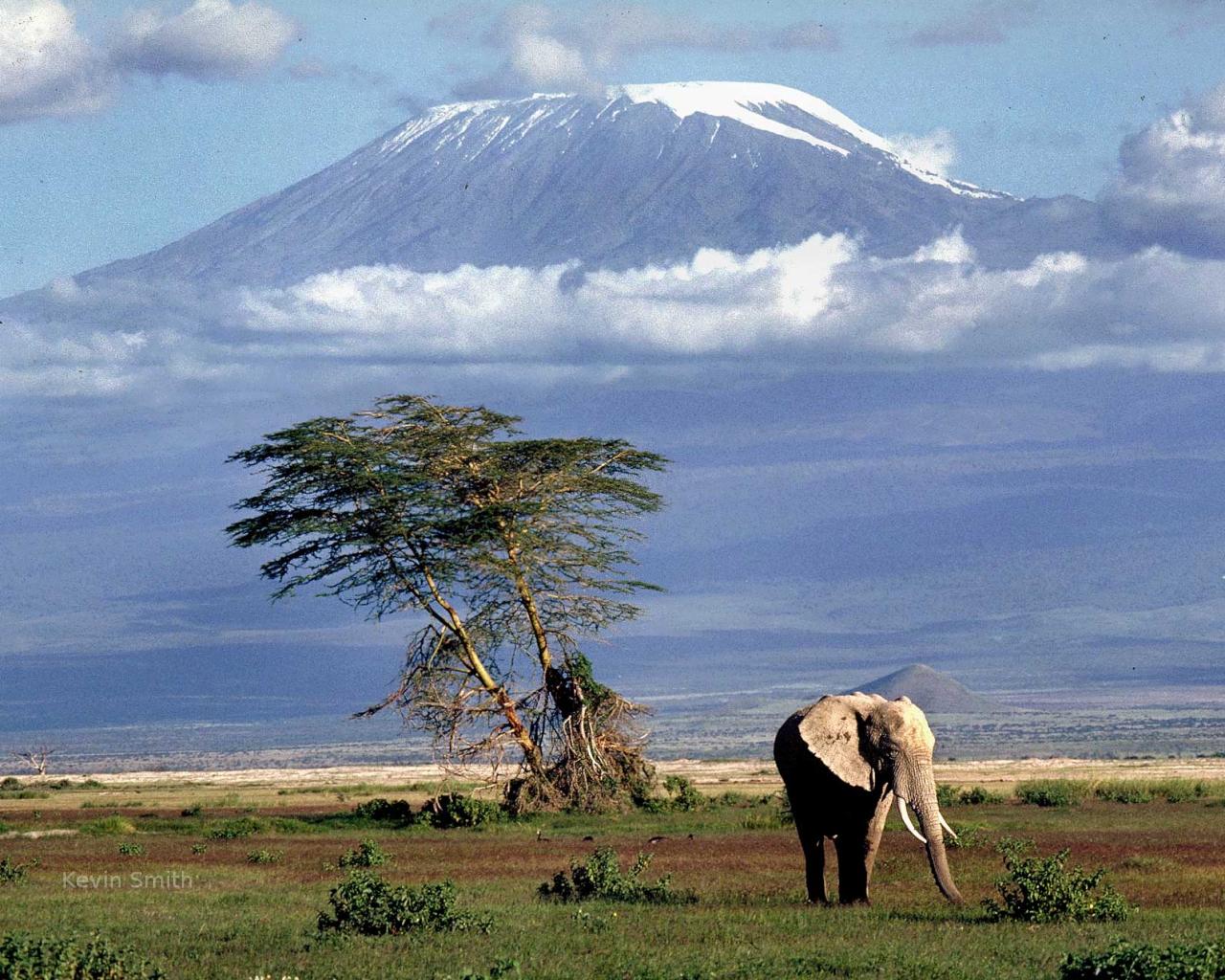你知道一克拉是什麼意思嗎?
「克拉」一詞來自阿拉伯語,意思是「角豆樹的果實」。
地中海沿岸有一種角豆樹(Carob tree)
所結的豆莢長約15公分,花呈粉紅色,果仁呈褐色,
這種樹無論長在何處,所結的果仁完全一樣,重量也驚人地一致。
所以古時候的人把這種豆子用來衡量重量。
久而久之,豆角就變成了一個重量的單位。
後人也把這種樹稱為克拉樹(Carat tree)。
在沒有天平和砝碼的古代,
人們便用它來作為秤量寶石重量的單位。
從此以後,克拉這個名詞就沿用到今天,
後來為了方便計算,
1987年,
英國對地中海各個地區的豆角做了一個統計,
發現最輕的豆角為0.188公克,
最重的豆角為0.215公克。
經平均後的重量為0.215公克,
這就是今天一克拉等於0.2公克的由來。
一克拉可分爲100分。
因此,
一顆25分的鑽石
就是重量四分之一克拉
或0.25克拉。







.jpg)


.jpg)






